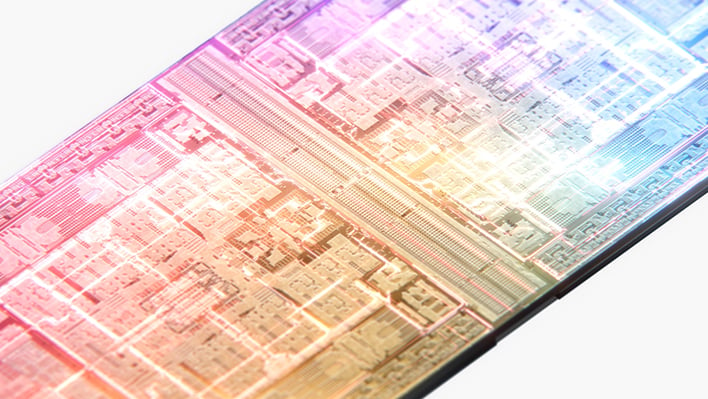Apple has taken what appears to be a logical approach to its Apple silicon releases. First, it will disperse onto its hardware the more basic iterations, such as the M3 Pro, and M3 Max. Next, it will pepper its most powerful hardware with its Ultra moniker, presumably its M3 Ultra version.
There may be a more monolithic approach to the M3 Ultra if recent murmurs are any indication. This will be in stark contrast to the lauded M2 Ultra, which packed what Apple termed its UltraFusion interconnect that effectively combined two M2 Max chips to form the more powerful version.
This M2 Ultra was famously slotted into the Mac Studio, alongside the still-kicking Mac Pro. Due to its tremendous efficiency for its performance class, the Mac Studio’s small enclosure still handled the chip admirably and on par with the much larger Mac Pro. The Mac Pro with its iconic “Cheese grater” design was constructed with much hotter running Intel chips in mind for a different era.

A more monolithic architecture would do away with the dual nature of the previous M2 Ultra. When examining the M3 Max chips, they have 92 billion transistors and are very advanced themselves. The M3 Max die is already large, so an interconnected M3 Ultra would certainly be significantly larger and pose issues for the current TSMC limits in manufacturing.

While it is too early to speculate the path that an eventual M3 Ultra will take, Apple’s 2024 WWDC event is fast approaching in June. Along with AI news, we may get more information as it pertains to the top-end M3 Ultra. Presumably, this chip will make its home in the existing Mac Studio and Mac Pro machines.